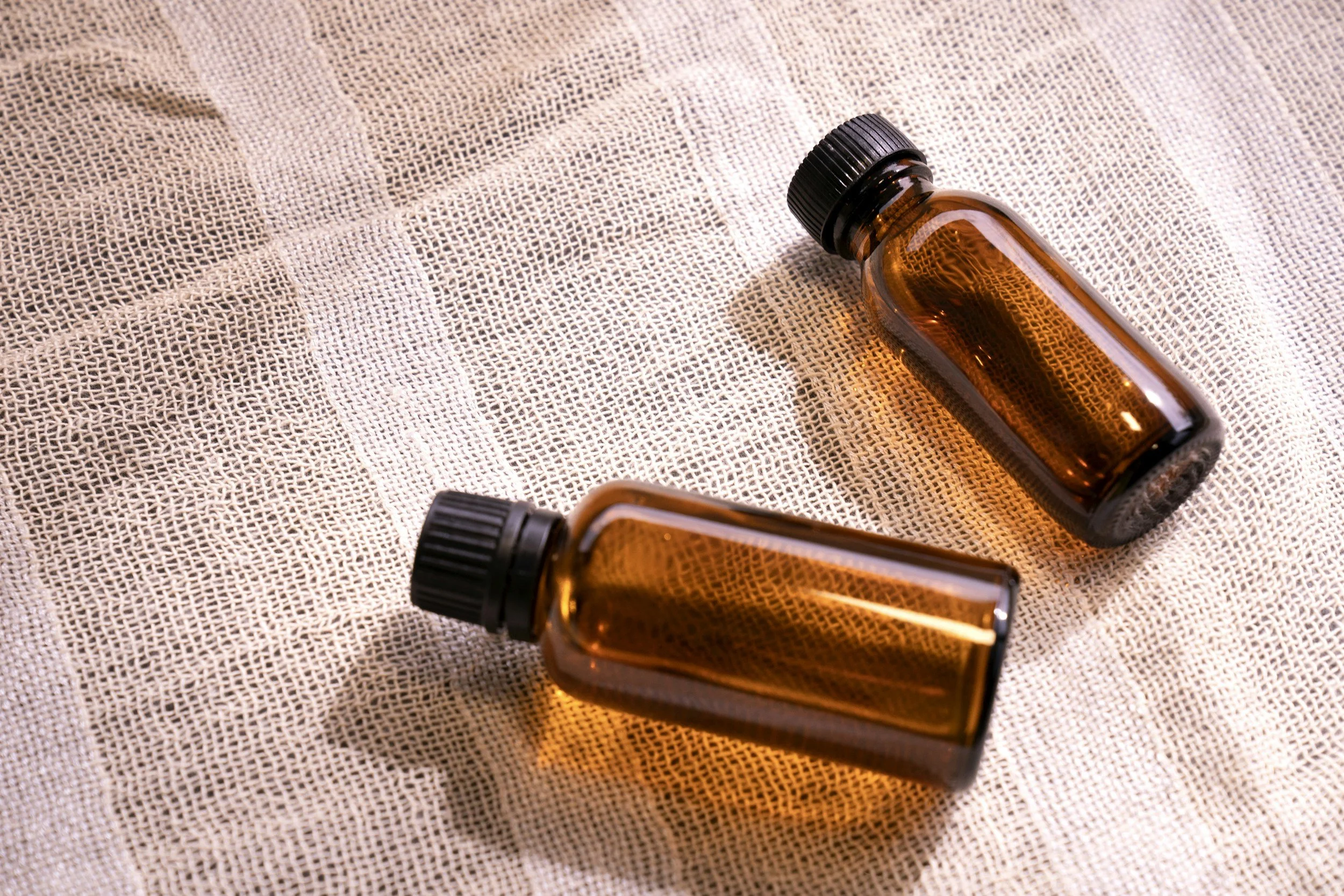According to Ayurvedic philosophy, there are three doshas (a.k.a. humors) present in every cell, tissue, and organ of our body that govern our psychobiological functioning. These doshas—vata, pitta, and kapha—comprise the five potential states of matter (i.e., space, air, fire, earth, and water). All five of these elements are present in each dosha, but the two predominant elements in a dosha determine its defining qualities. When in balance, the three doshas create health; when out of balance, they cause disease. They are also responsible for the vast variety of differences and preferences that exist among individuals, and they influence all we are and all we do, from our food choices to the ways we relate to others.
As the forces that govern our physiology, the doshas regulate the creation, maintenance, and destruction of body tissue, as well as the elimination of waste products. They also act as psychological drivers, governing our emotions and mental state. When in balance, the doshas generate the understanding, compassion, and love that sustain mental health. When their balance is disturbed by stress, improper diet, and environmental conditions, they give rise to disturbances such as anger, fear, anxiety, confusion, depression, and disease.
Vata dosha is composed of akasa(space, or ether) and vayu(air). The root va, which means “to spread,” suggests vata’s responsibility for all movement in the body and mind. This includes the flow of breath, pumping of blood; waste elimination; movement of the muscles, bones, limbs, and diaphragm, and the gut’s secretor-motor functions, as well as expressions of speech and responses of the intellect, the nervous system, and the five senses.
Known as the master dosha because without it all the doshas would be inert, vata exerts a powerful influence on our well-being. Its capacity to affect our internal energies both positively and negatively becomes evident when we consider the dynamic between air and space in the external world. When the movement of air is unrestricted by space (as on the open ocean), it can gain enough momentum to become a hurricane with gale-force winds traveling at speeds of over 150 mph. When air is confined in a box, it can’t move and becomes stale. Whether it’s due to lack of movement or too much movement, a vata imbalance disrupts the harmony of the doshas.
The primary site of vata is the colon, but it also resides in the thighs, ears, bones, and bladder. The predominant qualities of its elements, or pañcamahābhūtās, are cold, light, rough, mobile, subtle, clear, dry, and astringent. These attributes can manifest as physical traits such as agility and thinness or health conditions like insomnia, as well as finding expression in mental and emotional functions and characteristics such as imagination, sensitivity, spontaneity, intuition, exhilaration, fear, insecurity, and doubt.
Disclaimer
The sole purpose of these articles is to provide information about the tradition of Ayurveda. This information is not intended for use in the diagnosis, treatment, cure, or prevention of any disease.









